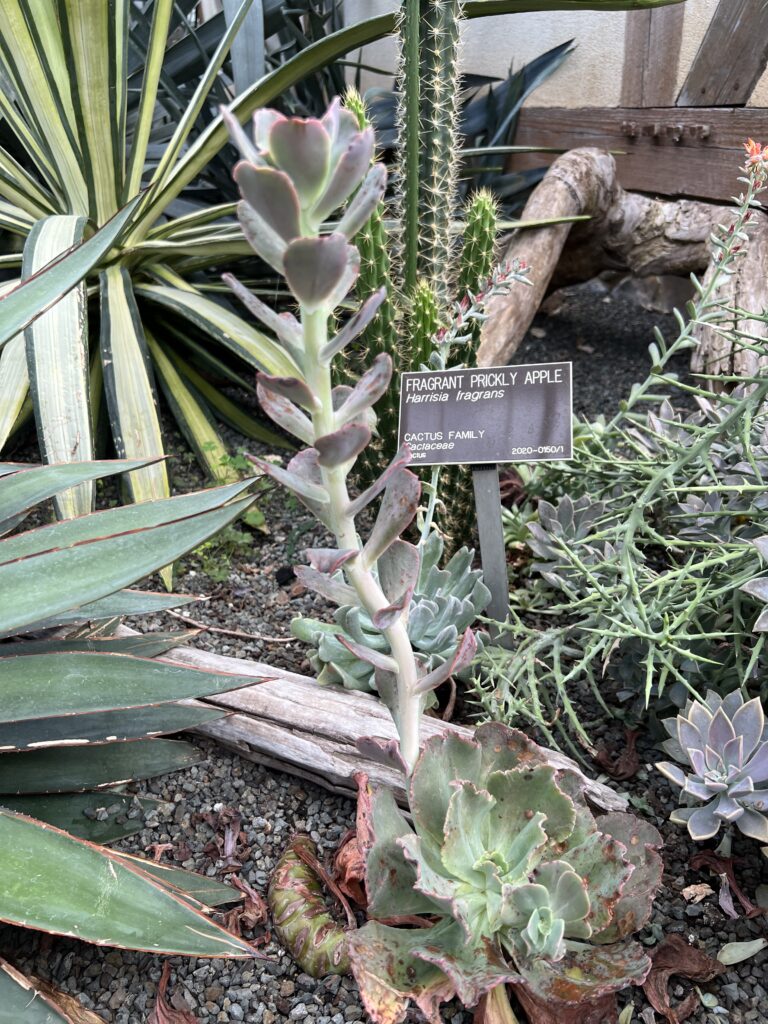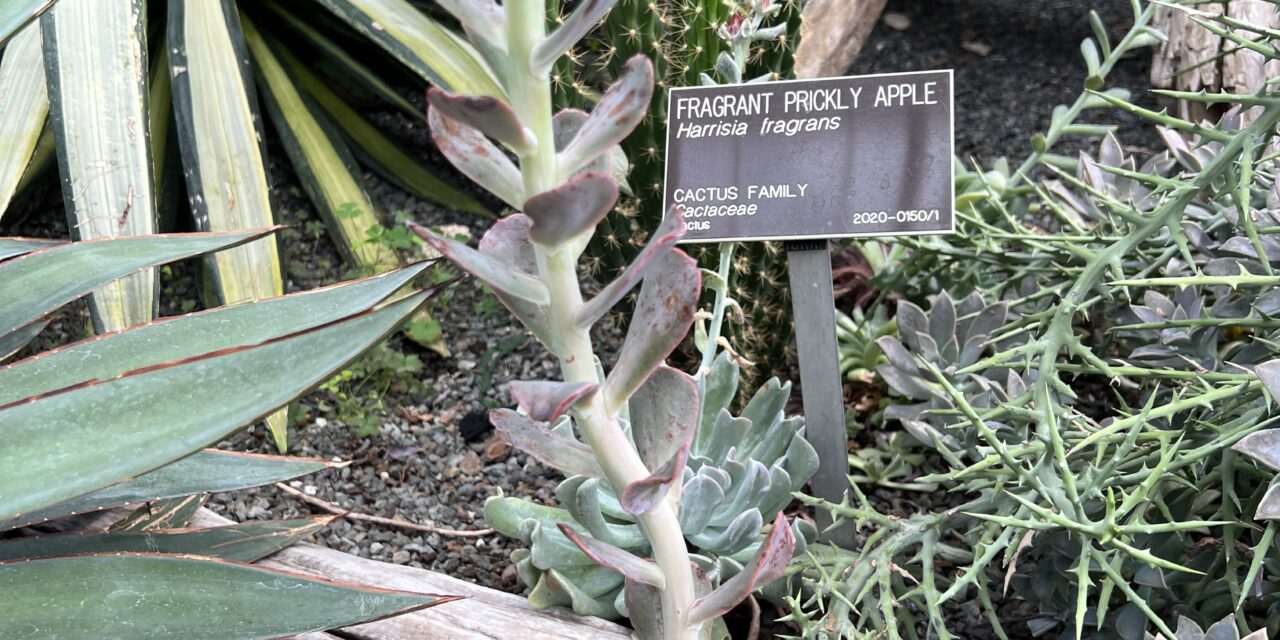The desert has no shortage of amazing plants that can withstand hot temperatures, little water, and full sunlight. The following plants are common in desert environments, but often, can also be grown in your home garden under the right conditions. Check out this list of 20 amazing desert plants and think of the opportunities!

Agave
Also known as Century Plants, Agave plants are found in over 200 different species, but a common theme is the Agave’s long, spiny, sharp stems. Agave plants are tolerant to heat, cold, and drought, but you’ll need to wait nearly a lifetime – up to 50 years – to finally bloom.
Barrel Cactus
The Barrel Cactus is one of the most common plants that one thinks of when thinking of desert plants, even without knowing it. Barrel Cacti are round with golden spines covering the outside. The Barrel Cacti only grow about two feet tall and wide, so they are often seen in clusters.
Brittlebrush
Brittlebrush is a fast-growing desert shrub. The Brittlebrush has daisy-like, yellow flowers that bloom in the spring and winter with green leaves. Brittlebrush grows to about four feet wide, so it covers substantial spaces.
Creosote Bush
The Creosote Bush is an unassuming but popular shrub in desert environments. Creosote bushes can grow over 10 feet tall and are an important environmental feature for its shade that it provides to wildlife.
Desert Lily
Desert Lilies are quite similar to Easter Lilies when in full bloom with white, trumpet-shaped flowers. The Desert Lily blooms from February-May, making it even easier to mistake it for an out-of-place Easter Lily.
Desert Evening Primrose
True to its name, the Desert Evening Primrose blooms at night in shades of yellow. Each flower has 4 petals and fade to orange by morning. The Desert Evening Primrose itself grows to only about one foot tall.
Desert Sage
Desert Sage plants offer pops of blue and lavender to desert environments with flowers growing in stalks or clusters. The non-toxic, drought-tolerant plants attract different wildlife like butterflies and hummingbirds.
Desert Willow
The Desert Willow is a slender tree that grows up to 25 feet tall. It begins to flower in the spring with bell-shaped flowers that are pink, purple or white, depending on the variety.
Fairy Duster
The Fairy Duster looks similar to a ball of fluff and is one of the most unique plants you will find. Fairy Dusters come in colors anywhere from light pink to dark red, all striking against the barren desert backdrop.
Sunlight helps this plant bloom wildly in both home garden and native environments.
Ghost Plant
The most impressive feature of the Ghost Plant is the white, powdery coating that covers the plant. Ghost Plants provide ample groundcover and can sprawl over 2 to 3 feet wide if it is not disturbed.
Halfmens
Halfmens are succulent that grow into a tree with a bottle-like shape. It also grows cylindrical stems but do not branch out like other types of trees. Halfmens also fruit with hairy, horn-like fruits.
Jojoba
The Jojoba plant is a tall shrub with leathery leaves. Jojoba is best known for the oil that it produces. Most Jojoba flower and fruit in August, and as the fruit dries out, it reveals the hard nut which is used for Jojoba oil.
Joshua Tree
Native to the Mojave Desert, Joshua Trees are a variety of Yucca. Some of the largest Joshua Trees can reach up to 50 feet tall with a top-heavy branch system. Joshua Trees thrive in hot, dry environments, but they are not commonly found in home gardens because of how large they grow and how long they live.
Ocotillo
The defining feature of the Ocotillo is its bright reddish orange flowers that grow at the end of spidery, stalky branches. Ocotillo plants only need to be watered at the very most once a week. You’ll see Ocotillo in a variety of environments, including wild in desserts, commercial spaces, and in home gardens.
Old Man Cactus
The Old Man Cactus gets its name because of its spines that grow in a way that look similar to white hair, like an old man’s. The spines protect the cactus from too much sunlight and frost as it matures. As the plant ages, the Old Man Cactus loses its white, hairy spines.
Prickly Pear Cactus
Prickly Pear Cacti have large, flat, round pads. You’ll notice that different varieties of the Prickly Pear Cactus will affect how tall it grows greatly, though the shape of the cactus does not change drastically. The Prickly Pear Cactus also bears small, purple fruit during the year.
Quiver Tree
The Quiver Tree is a large, stumpy tree found in arid environments. Both birds and insects are attracted to the tree because of the nectar found in its flowers. The tree gets its name because its wood was used for arrows.
Saguaro Cactus
The Saguaro Cactus can grow up to 20 feet tall and 10 feet wide with long spines. The cactus blooms in spring with large white flowers that will eventually become attractive red fruit that are eaten by birds.
Tumbleweed
Tumbleweed is often seen tumbling through streets, but it is in fact a plant. Tumbleweed grows up to 5 feet a year, but as it grows, it begins to dry out. Eventually the plant breaks at the stem above the soil. Even a small gust of wind is able to send the dried out plant tumbling, spreading thousands of seeds across the landscape.
Yucca
Yucca plants are popular evergreen plants for desert environments but will also tolerate cold weather. Yucca plants need little water but still require a good draining soil.
Two downsides of Yucca outside of expansive desert environments are that they can grow to massive sizes and will also have very sharp leaves that could be dangerous to people and wildlife.


